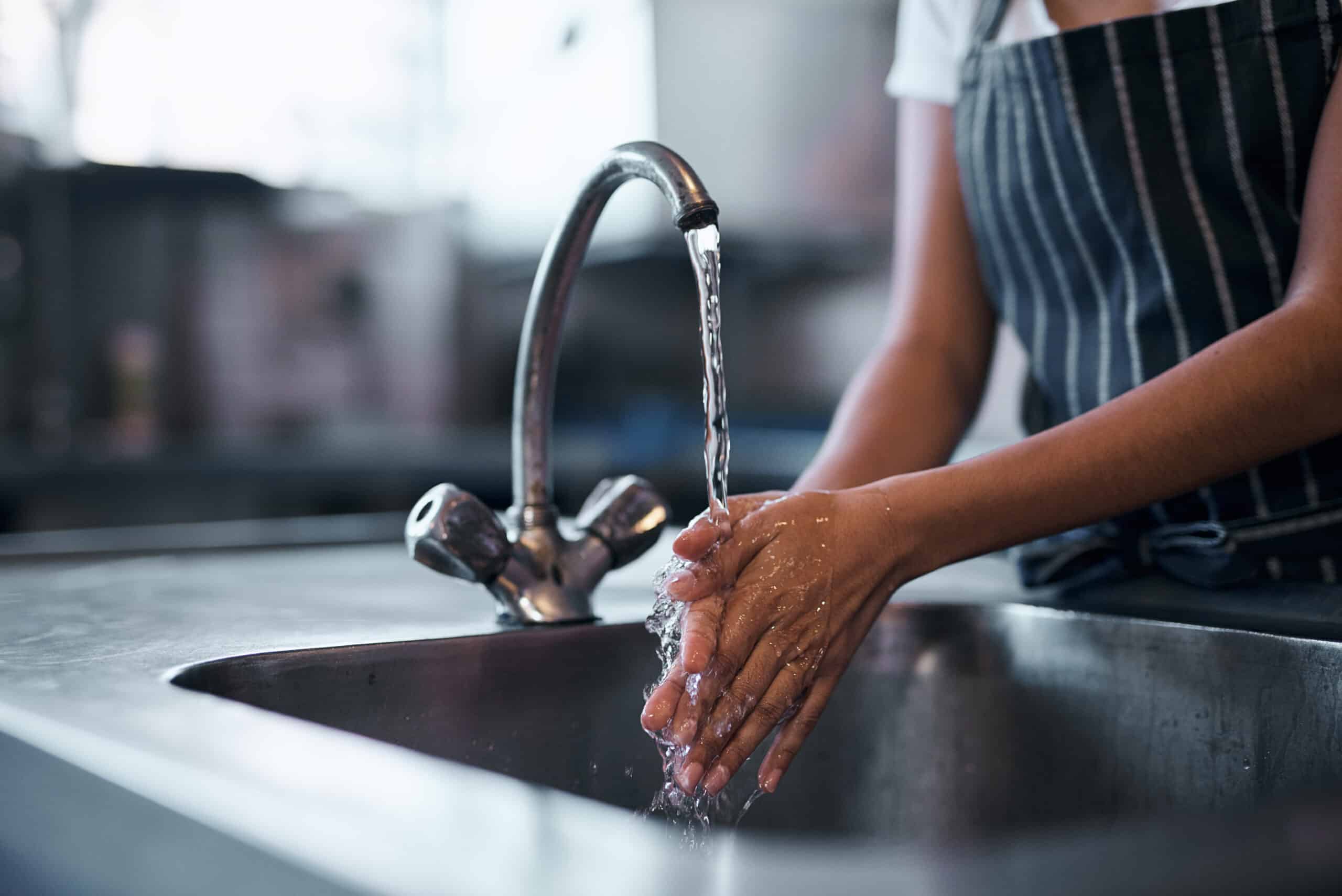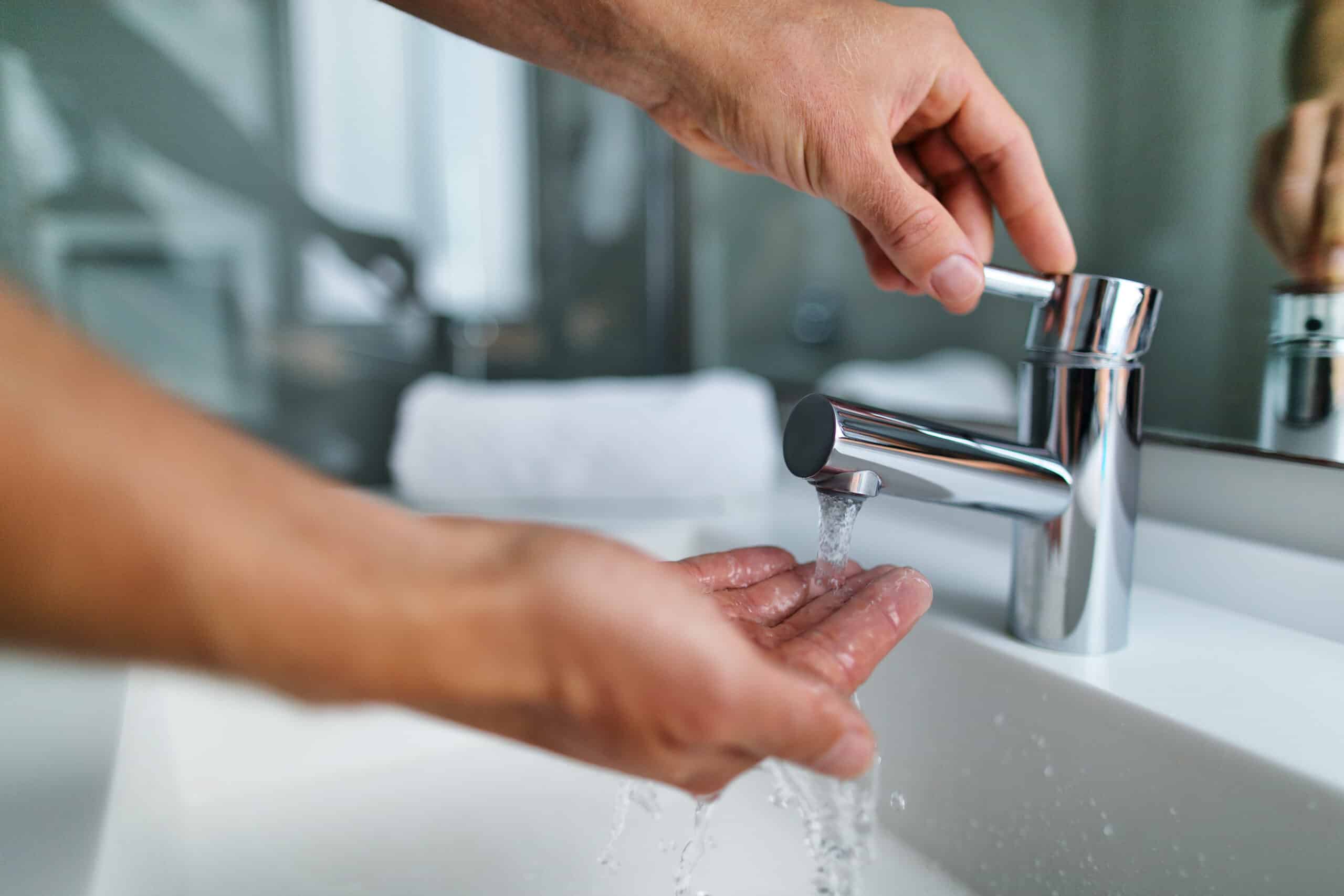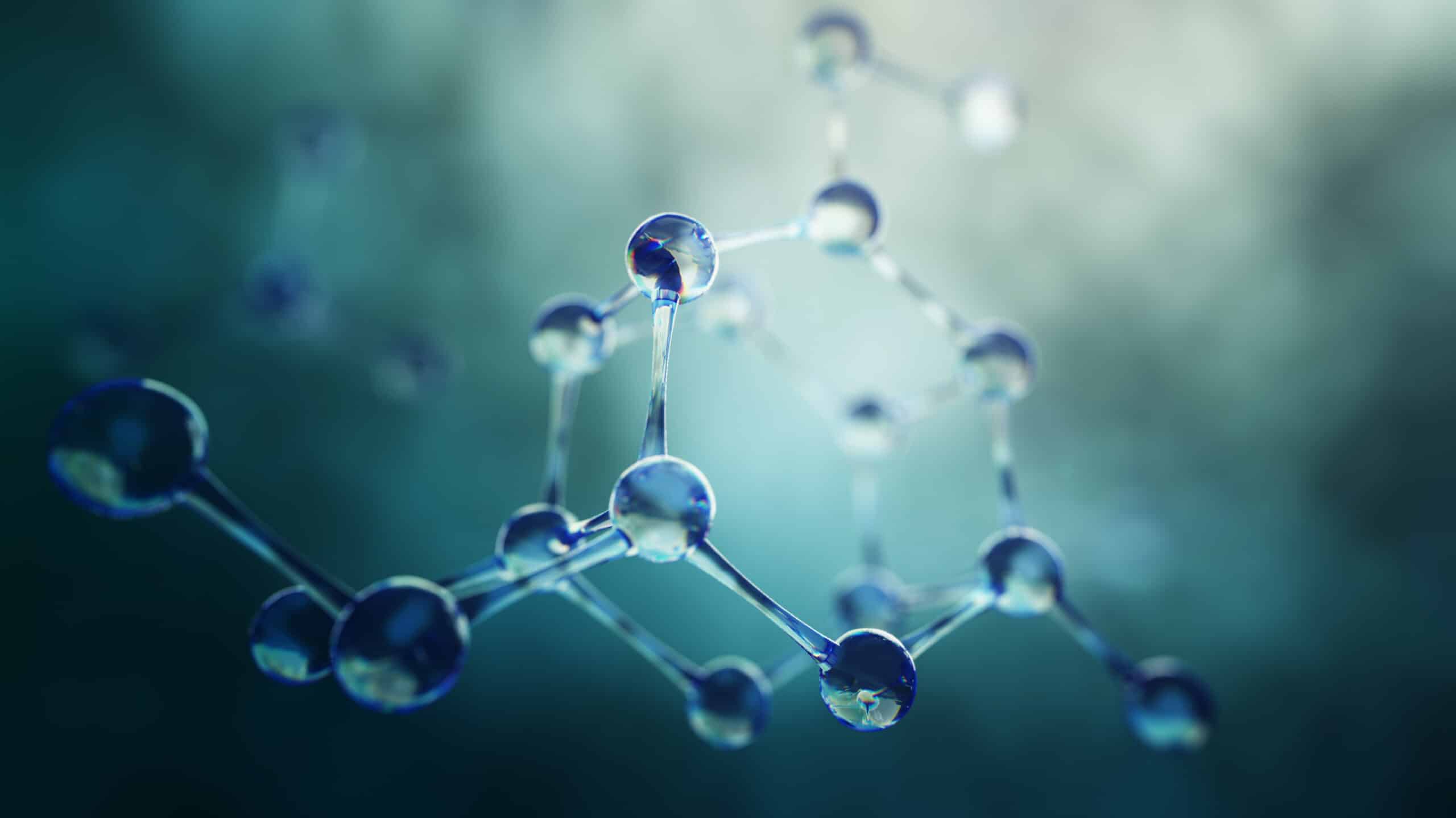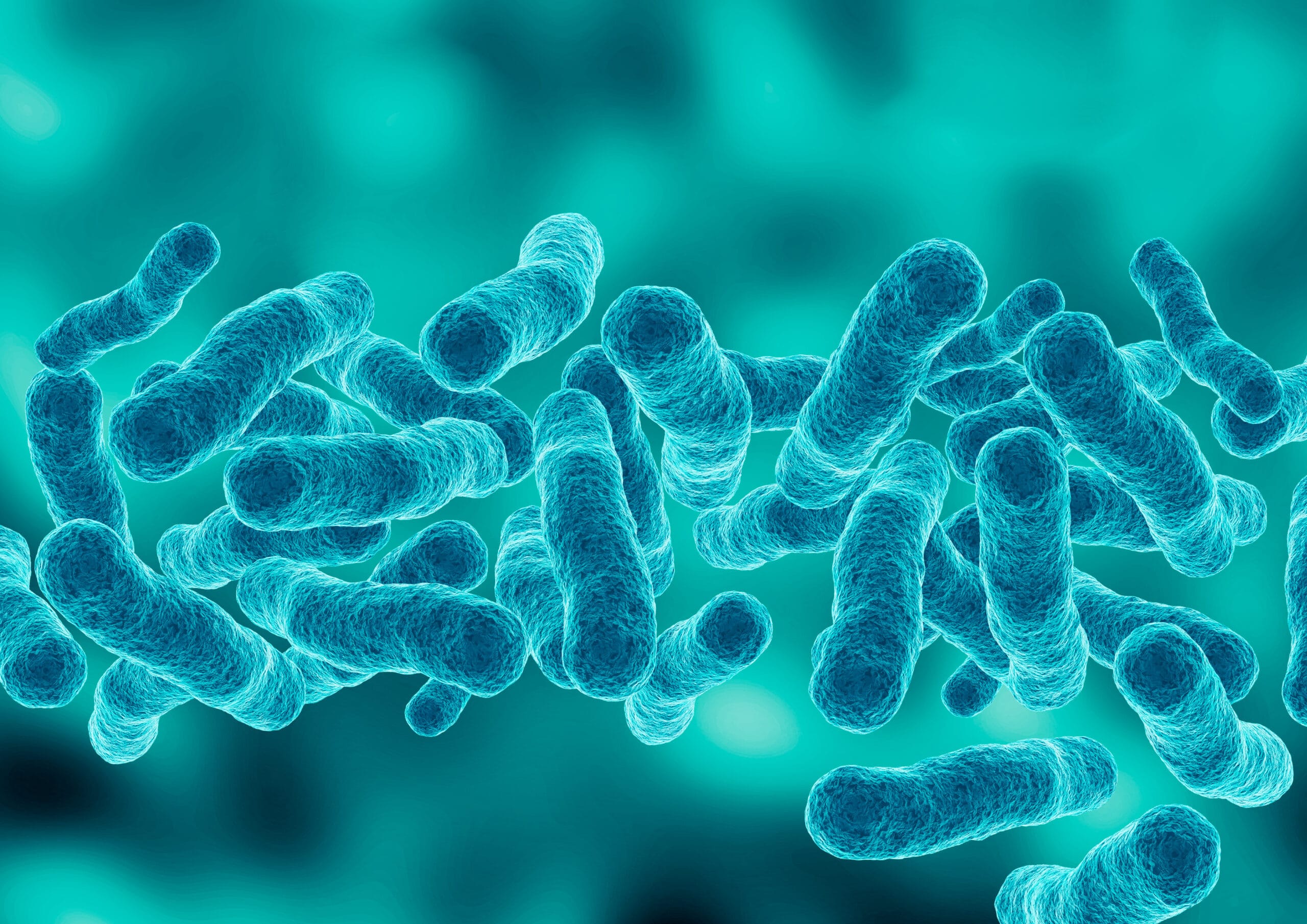Air quality monitoring
Air Quality Monitoring services at Primary Water Solutions
Air quality monitoring is essential for ensuring a safe and healthy indoor environment. Our air quality monitoring services utilise state-of-the-art equipment to assess air quality parameters such as pollutants, humidity, and temperature, allowing for early detection of potential issues and proactive management strategies.
Benefits of maintaining good air quality
TR19 and the subsequent TR19 Grease and SGF20 (Specification for the Management of Grease in Commercial Kitchen Extract Systems) are standards and guidelines set by the Building Engineering Services Association (BESA) for the cleaning and maintenance of ventilation systems, including air handling units (AHUs). While TR19 focuses broadly on ventilation hygiene, SGF20 is more specific to grease management in kitchen extract systems. By adhering to these methods and the guidelines set in TR19 and SGF20, facilities can maintain AHUs in a manner that supports optimal air quality, system efficiency, and compliance with health and safety regulations.
For the cleaning of AHUs under these guidelines, particularly TR19, the following manual cleaning methods are generally recommended:
Safety Precautions
De-energise the System: Ensure that the AHU is powered off and isolated from the power supply to prevent accidental activation during cleaning. Personal Protective Equipment (PPE): Use appropriate PPE such as gloves, masks, goggles, and protective clothing to safeguard against dust, contaminants, and cleaning chemicals.
Preparation of the Area
Containment: Use plastic sheeting or barriers to protect surrounding areas from dust and debris.
Ventilation: Ensure adequate ventilation in the area, especially when using cleaning chemicals.
Accessing the AHU
Access Panels: Open and remove access panels to gain entry to internal components.
Initial Inspection: Conduct a visual inspection to identify areas with visible dirt, debris, or contamination.
Filter Cleaning and Replacement
Remove and Assess Filters: Remove air filters and inspect them for dust and particulates.
Cleaning/Replacing Filters: Clean washable filters with water and a mild detergent. Replace disposable filters with new ones.
Coil Cleaning
Surface Cleaning: Use a vacuum cleaner with a brush attachment or a soft brush to remove loose dust and dirt from the coils.
Deep Cleaning: Apply a coil cleaner (approved under TR19 guidelines) if coils are heavily contaminated. Rinse thoroughly with water to remove all residues, ensuring no chemicals are left on the coils.
Fan and Motor Assembly
Dust and Debris Removal: Manually clean fan blades and the motor casing with a vacuum or cloth. Use a brush for hard-to-reach areas.
Lubrication: Check if the motor bearings require lubrication and perform this as needed following the manufacturer’s guidelines.
Ductwork and Plenum Chambers
Duct Cleaning: Use a vacuum to remove dust from accessible ductwork connected to the AHU. This step is critical under TR19 standards, which emphasize the importance of maintaining clean duct systems.
Plenum Cleaning: Wipe down the interior surfaces of plenum chambers with a damp cloth.
Sanitisation and Disinfection
Use of Biocides and Disinfectants. Application: Apply biocides or disinfectants, if necessary, to areas prone to microbial growth, following safety guidelines and ensuring compatibility with the system materials.
Reassembly and Inspection
Reassemble Components. Secure Panels and Filters: Replace and secure access panels and filters properly, ensuring there are no air leaks. Seal Inspection: Check and replace seals if they are damaged or deteriorating.
Final System Check. Visual Inspection: Conduct a final inspection to ensure all components are clean and properly reassembled. Functional Test: Restore power and test the AHU to ensure it operates correctly and efficiently.
Documentation and Compliance
Record Keeping. Cleaning Logs: Maintain detailed records of the cleaning process, including dates, methods used, findings, and any issues addressed.
Compliance Documentation: Ensure all procedures comply with TR19 and SGF20 standards, providing documentation as needed for regulatory compliance and audits.
Routine Maintenance Planning
Regular Cleaning Schedule: Establish a regular cleaning schedule based on the environment and system usage, with more frequent cleaning in high-contamination areas such as kitchens or industrial settings.
Staff Training and Certification
Competency Development: Ensure that maintenance staff are trained and certified in line with TR19 and SGF20 requirements, which include understanding the importance of ventilation hygiene and proper cleaning techniques.
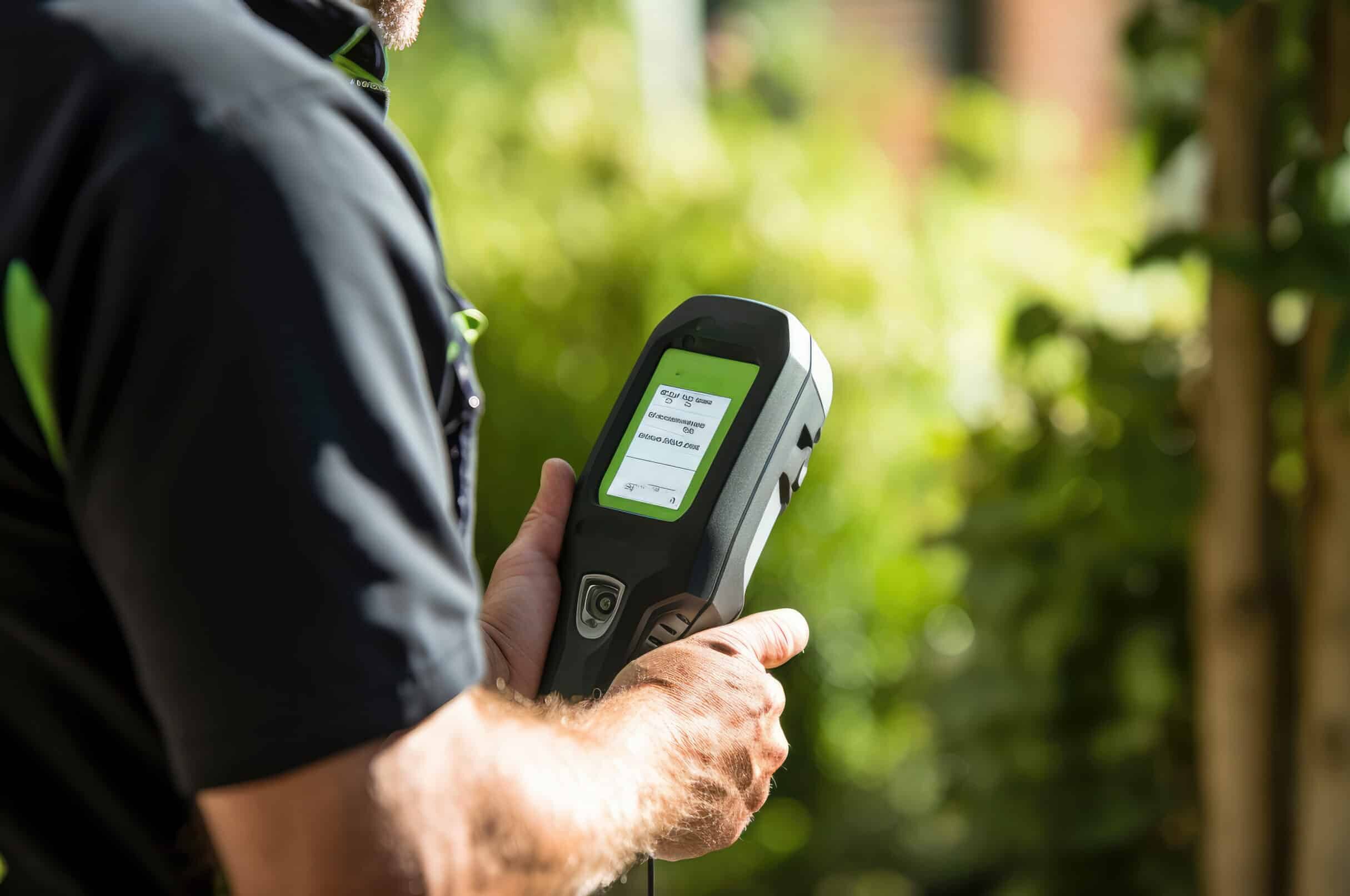
Air quality monitoring services and their importance
Primary Water Solutions offers comprehensive air quality monitoring services that are crucial for ensuring healthy and safe environments in both commercial and industrial settings. These services include the continuous measurement of pollutants such as particulate matter (PM2.5 and PM10), volatile organic compounds (VOCs), carbon monoxide (CO), sulphur dioxide (SO2), nitrogen oxides (NOx), and ozone (O3). Regular air quality assessments help identify potential sources of pollution and provide actionable data to mitigate risks. Ensuring good air quality is vital for protecting public health, as prolonged exposure to pollutants can lead to respiratory and cardiovascular diseases. Furthermore, maintaining optimal air quality is essential for compliance with environmental regulations and standards, helping businesses avoid legal penalties and foster a healthier, more productive workforce.
News
We work in
Education
Healthcare
Industrial
Local authority
Facilities management
Commercial
Historical
Housing
Hotel & leisure
Can’t see your industry?
Looking for a tailored package?
Speak to a member of the team today to get a custom quote for your specific requirements
Your questions answered
Still have questions? Contact us for more information.

